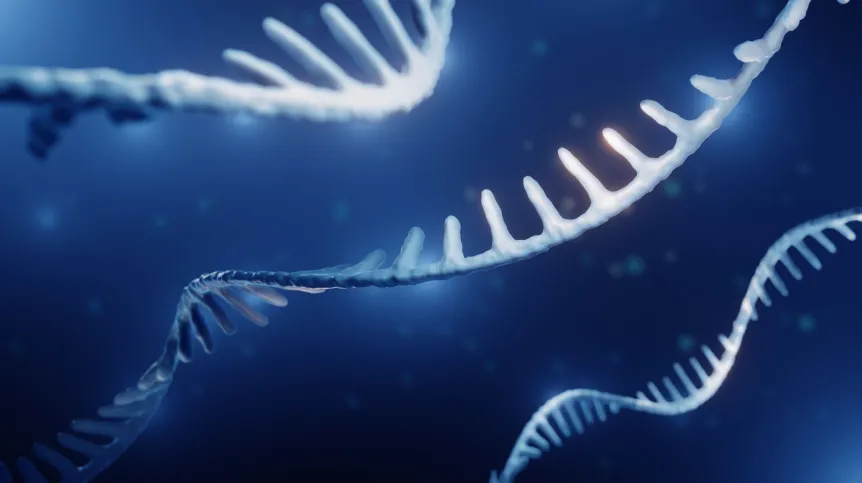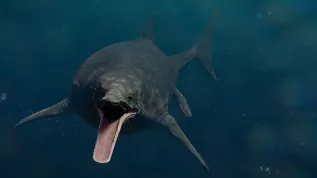
Scientists in Kraków have identified when a key chemical modification is added to transfer RNA (tRNA) molecules during their maturation process.
The discovery by the team at the Jagiellonian University’s Małopolska Centre of Biotechnology (MCB) and published in Nature Communications, revises current understanding of how tRNA functions are coordinated inside cells.
The Polish-German research team, led by Dr. Sebastian Glatt found that a rare modification known as queuosine (Q) is added to tRNA before it is fully matured. The finding overturns previous assumptions about the sequence of steps in tRNA processing.
tRNA molecules are essential for protein production, carrying amino acids to the ribosome during translation.
Newly formed tRNAs undergo several structural and chemical changes before becoming functional. In the case of the tRNA that carries tyrosine, an intron—a small RNA segment—must be removed through splicing. Until now, scientists did not know whether this splicing occurred before or after chemical modification.
According to co-author Igor Kaczmarczyk, the team showed that queuosine and its derivative, galactosyl-queuosine, are added to intron-containing tRNA-Tyr precursors before the intron is removed.
This sequence of events appears to be conserved across multiple species, including nematodes, fruit flies, mice, and humans.
“Our high-resolution cryo-electron microscopy structures confirmed that the QTRT1/2 enzyme complex can directly recognize and modify unspliced tRNA-Tyr,” said Dr. Glatt.
The study used advanced cryo-electron microscopy facilities at the Solaris Synchrotron and the Structural Biology Core Facility at MCB.
The work was supported by the European Research Council under the EU’s Horizon 2020 programme. (PAP)
kol/ agt/
tr. RL













